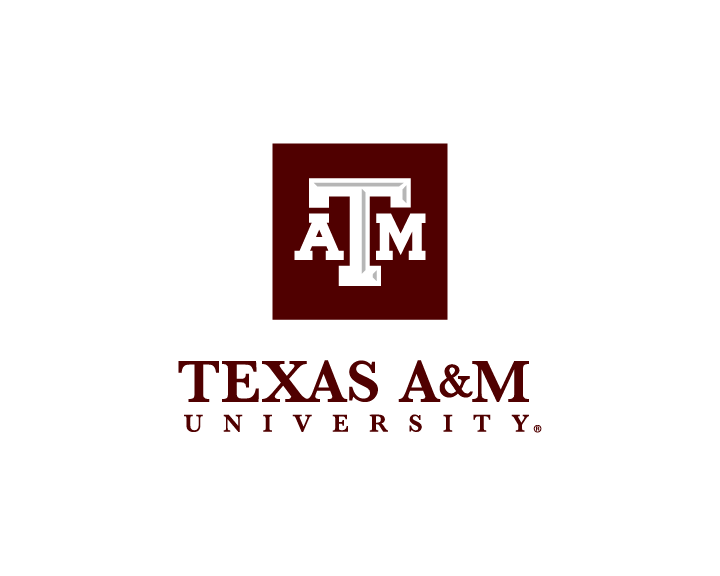Texas A&M: Texas A&M Health Trains Hundreds Of Students In Mass Disaster Scenario
The Texas A&M University Health Science Center (Texas A&M Health) on Feb. 25 held its 14th annual Disaster Day, a student-led disaster simulation drill that engages hundreds of students from diverse health profession programs.
Having health professionals trained in disaster response has become increasingly important. In 2021 alone, the United States experienced 20 natural disasters, from fires to floods. These disasters not only cost the country billions of dollars, but according to NOAA, they also caused at least 688 direct or indirect fatalities and hundreds of injuries.
Texas A&M Health has prioritized disaster response training for many years.
“Interprofessional disaster response training has become an integral part of our curriculum,” said Christine Kaunas, executive director for Interprofessional Education and Research at Texas A&M Health. “Our goal is to make sure our health profession students are well prepared for any medical situation they may come upon in their careers, and this may include doing triage in the middle of a hurricane, tornado or other emergency.”
Created by the Texas A&M College of Nursing and now in its 14th year, students from Texas A&M colleges of medicine, nursing, pharmacy and public health, as well as athletic training, psychology and veterinary medicine students and the Corps of Cadets, take part in the one-day event. Disaster Day has also grown to include state agencies including the Texas Department of Emergency Management, Texas State Guard and the American Red Cross. The event is held at Texas A&M Engineering Extension Service’s (TEEX) Brayton Fire Training Field and Disaster City, a world-class, 52-acre mock city that serves as a training facility for emergency responders.
students in a simulated triage area tend to a student acting as a wounded person
More than 750 students participated in this year’s event.
Laura McKenzie/Texas A&M Division of Marketing & Communications
As a student-led event, more than 60 students from across Texas A&M work on a student planning committee — with guidance from a faculty and staff steering committee — to do everything from organizing student participation and training to creating the case scenarios that will occur during the drill.
“Disaster Day allows us to work interprofessionally,” said Makeda Asamnew, student planning director for Disaster Day and third-year pharmacy student. “As students, we are usually working in silos, so it is exciting to work with other health profession students at Texas A&M Health. It gives a better perspective on how health professionals work together in the field.”
A new scenario is selected each year and kept secret until event day to provide the realism of an unexpected situation. The simulated disaster for this year’s event was a wildfire. More than 750 students participated and engaged in triage at the disaster site, patient care at mock field hospitals, and disaster management and simulation oversight at Disaster City’s Emergency Operations Training Center. New this year is an evacuation shelter where students engage in mental health care and needs assessment for those in crisis.
During the simulation, athletic training, nursing and medical students take on roles as patients or providers. Students who participate as patients receive makeup, known as moulage, to mimic injuries based on the current scenario. As the drill begins, patients act out the case that they are assigned while students acting as providers first do field assessments then transfer patients to a field hospital for more diagnosis and treatment. Pharmacy students work with providers to determine medications needed.
Due to the unpredictability of disasters, the simulations also include veterinarian students to handle animal issues and psychology students address patients going through mental distress. Public health students manage the disaster and assess environmental issues that could affect a wider area beyond the disaster site.
students in a wooded area stand over a man lying on the ground giving emergency medical treatment
Students acting as patients in the mock wildfire scenario acted out their injuries while students acting as providers performed field assessments.
Laura McKenzie/Texas A&M Division of Marketing & Communications
In 2021, pandemic conditions forced event coordinators to move the event online. To move the massive and complex event to a virtual format, Texas A&M Health collaborated with the Texas A&M University Department of Visualization to develop the largest role-playing “game” in the institution’s history. The virtual simulation program is being revised to be integrated into the curriculum, adding another layer of training for students beyond the live event.
“It is amazing to see the growth of this event over the years,” said Jon Mogford, chief operating officer and senior vice president of Texas A&M Health. “Our partnership with organizations such as Texas Department of Emergency Management has given our students the ability to learn from experts and enhance their learning experience. We look forward to continuing to grow this event and continue to make interprofessional disaster response training a priority for our students.”

